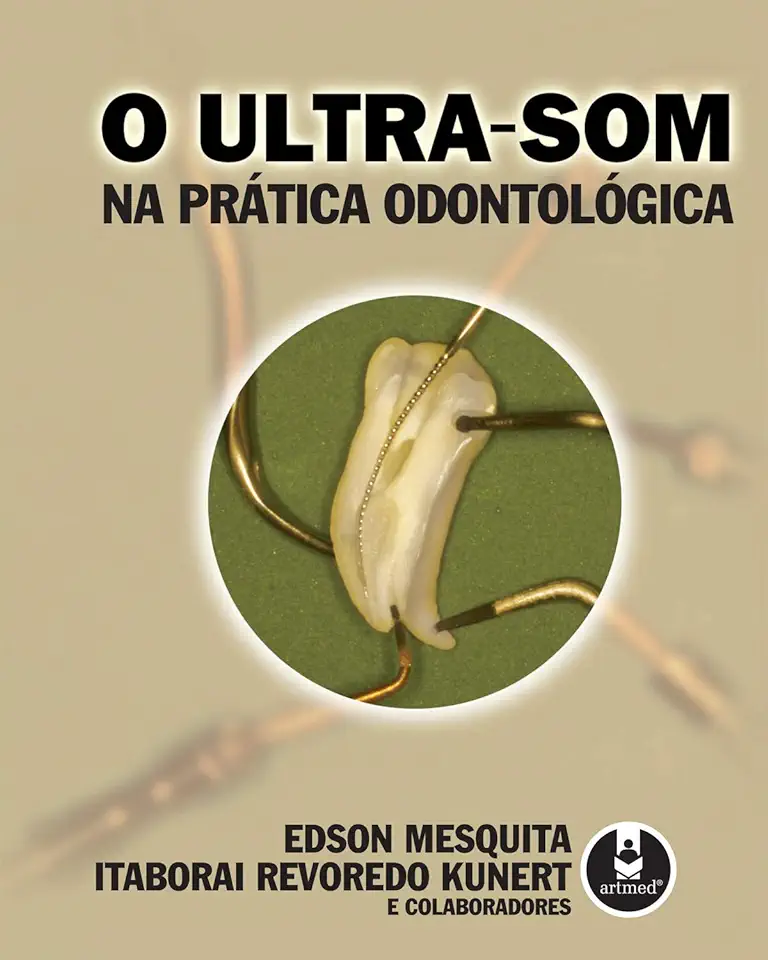
ULTRASOUND IN DENTAL PRACTICE - MESQUITA EDSON
Ultrasound in Dental Practice: A Comprehensive Guide
Introduction
Ultrasound technology has revolutionized the field of dentistry, providing practitioners with a safe, effective, and versatile tool for a wide range of diagnostic and therapeutic applications. In this comprehensive guide, Dr. Edson Mesquita, a leading expert in dental ultrasound, offers a comprehensive overview of the principles, techniques, and clinical applications of ultrasound in dental practice.
Benefits of Ultrasound in Dentistry
Ultrasound offers numerous advantages over traditional diagnostic methods in dentistry. It is a non-invasive, non-ionizing technology that does not expose patients to harmful radiation. It provides real-time, high-resolution images of dental structures, allowing dentists to visualize anatomical details and identify pathological conditions with greater accuracy. Additionally, ultrasound can be used to guide minimally invasive procedures, reducing the need for exploratory surgery and enhancing treatment outcomes.
Diagnostic Applications of Ultrasound
Ultrasound plays a crucial role in diagnosing various dental conditions, including:
Periodontal disease: Ultrasound can assess the depth of periodontal pockets, detect bone loss, and identify furcation involvement, aiding in the diagnosis and management of periodontal disease.
Endodontic disease: Ultrasound can visualize the root canal system, identify root fractures, and detect periapical lesions, facilitating accurate diagnosis and treatment planning in endodontics.
Oral and maxillofacial pathology: Ultrasound can identify tumors, cysts, and other pathological lesions in the oral and maxillofacial region, aiding in early detection and appropriate management.
Therapeutic Applications of Ultrasound
In addition to its diagnostic capabilities, ultrasound also offers therapeutic benefits in dentistry. It can be used for:
Scaling and root planing: Ultrasound can effectively remove calculus and biofilm from teeth, providing a more efficient and comfortable alternative to traditional scaling and root planing techniques.
Endodontic therapy: Ultrasound can facilitate the removal of root canal fillings, disinfect the root canal system, and activate irrigants, enhancing the effectiveness of endodontic treatment.
Periodontal therapy: Ultrasound can promote tissue regeneration and healing in periodontal pockets, improving the outcomes of periodontal therapy.
Conclusion
Ultrasound in Dental Practice by Dr. Edson Mesquita is an essential resource for dentists seeking to incorporate this cutting-edge technology into their practice. With its comprehensive coverage of principles, techniques, and clinical applications, this book provides a solid foundation for understanding and utilizing ultrasound in various dental specialties. By embracing ultrasound technology, dentists can enhance their diagnostic capabilities, provide more effective treatments, and improve patient outcomes.